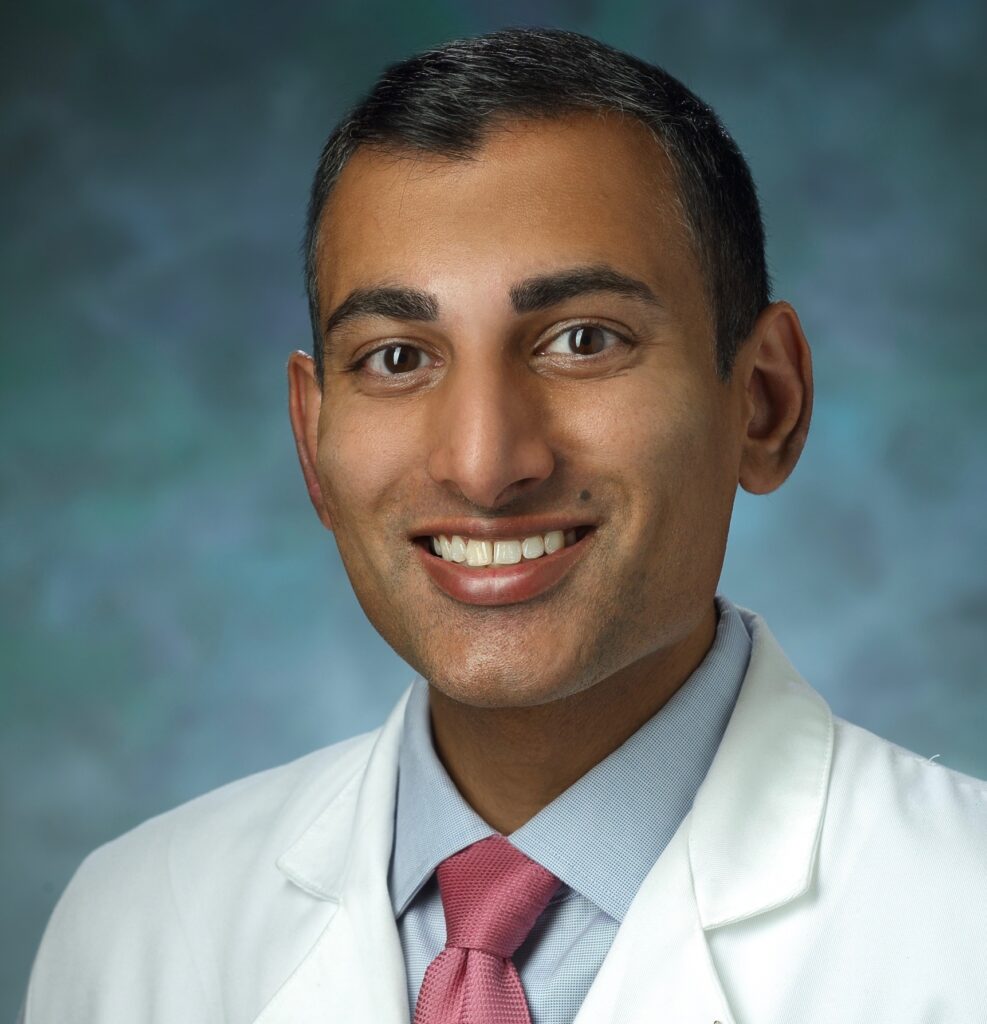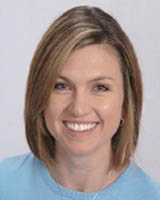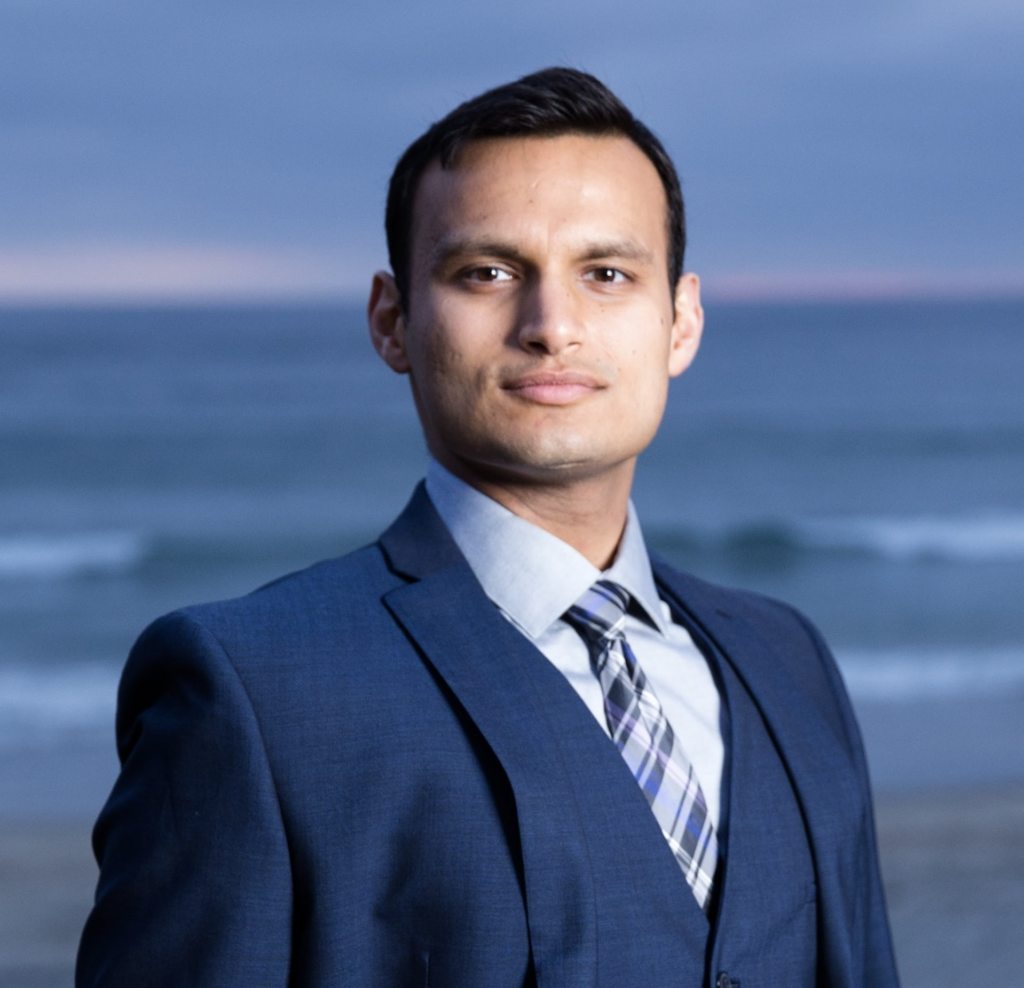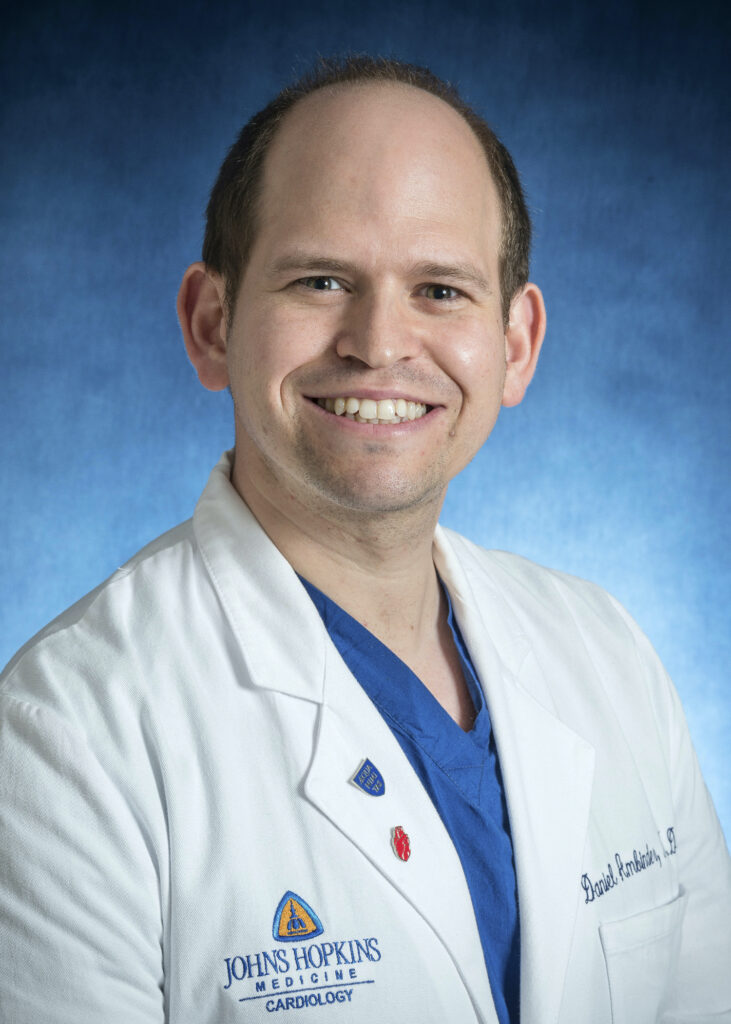Cardionerds: A Cardiology Podcast

272. CardioNerds Rounds: Challenging Cases – Hemodynamics and Mechanical Circulatory Support with Dr. Daniel Burkhoff
It’s another session of CardioNerds Rounds! In these rounds, Dr. Karan Desai (Formerly FIT at University of Maryland Medical Center and currently faculty at Johns Hopkins School of Medicine) joins Dr. Dan Burkhoff (Director of Heart Failure, Hemodynamics and MCS Research at the Cardiovascular Research Foundation) to discuss mechanical circulatory support options through the lens of pressure-volume loops! Dr. Burkhoff is the author of Harvi, an interactive simulation-based application for teaching and researching many aspects of ventricular hemodynamics. Don’t miss this wonderfully nerdy episode with a world-renowned expert in hemodynamics and MCS! Audio editing by CardioNerds Academy Intern, student doctor Chelsea Amo Tweneboah.
This episode is supported with unrestricted funding from Zoll LifeVest. A special thank you to Mitzy Applegate and Ivan Chevere for their production skills that help make CardioNerds Rounds such an amazing success. All CardioNerds content is planned, produced, and reviewed solely by CardioNerds. Case details are altered to protect patient health information. CardioNerds Rounds is co-chaired by Dr. Karan Desai and Dr. Natalie Stokes.
 Challenging Cases – Atrial Fibrillation with Dr. Hugh Calkins
Challenging Cases – Atrial Fibrillation with Dr. Hugh CalkinsCardioNerds Rounds Page
CardioNerds Episode Page
CardioNerds Academy
Cardionerds Healy Honor Roll
CardioNerds Journal Club
Subscribe to The Heartbeat Newsletter!
Check out CardioNerds SWAG!
Become a CardioNerds Patron!
Show notes – Hemodynamics and Mechanical Circulatory Support
Case Synopsis:
Case Synopsis
We focused on one case during these rounds. A man in his mid-50s presented to his local community hospital with 3 days of chest pain, nausea, and vomiting. He appeared ill in the emergency room with HR in the 150s, BP 90/70s and ECG demonstrating inferior ST elevations. He was taken emergently to the catheterization lab and received overlapping stents to his right coronary artery. Over the next 24 hours, he developed a new harsh systolic murmur heard throughout his precordium and progressed to cardiogenic shock. Echocardiogram demonstrated a large basal inferoseptum ventricular septal rupture. From this point, we discussed the hemodynamics of VSR and MCS options.
Case Takeaways
- Dr. Burkhoff took us through the hemodynamics of VSR with pressure-volume loops to better understand the pathology and impact of various MCS options. Of note, there are no MCS devices specifically approved to treat acute ventricular septal rupture.
- In regards to the acute hemodynamic effects of a VSR (an abrupt left to right shunt), there are several aspects to note. First, the effective LV afterload is reduced; however, there is less “forward flow” as well and as a consequence, decreased left-sided cardiac output (“Qs”) and blood pressure. At the same time, flow through the pulmonary artery increases (the “Qp”). Additionally, due to the abrupt shunt flow, there is increased RV “loading” with increasing central venous pressure and pulmonary artery pressure.
- The hemodynamic priorities in treating patients with cardiogenic shock and VSR are to normalize blood pressure, cardiac output, and oxygen delivery, while attempting to minimize shunt flow to allow healing. However, medications and MCS are unlikely to completely normalize hemodynamics. For instance, if the patient was placed on peripheral VA ECMO, while total CO and BP may increase, flow across the VSR could also increase at high ECMO flows (e.g., by introducing more LV afterload).
- In patients with persistent cardiogenic shock and VSR, short-term MCS to divert flow away from the shunt can be an effective strategy. LV-to-aorta or LA-to-arterial MCS may provide the best single-device hemodynamic profiles by decreasing shunt flow, reducing pulmonary capillary wedge pressure, and improving blood pressure.
- Surgical and percutaneous VSD repair are the definitive treatment options. If able to stabilize patients and pursue delayed repair, it may lead to better outcomes by allowing for better tissue substrate for a more effective repair.
References
- Pahuja M, Schrage B, Westermann D et al. Hemodynamic Effects of Mechanical Circulatory Support Devices in Ventricular Septal Defect. Circ Heart Fail. 2019 Jul;12(7):e005981. doi: 10.1161/CIRCHEARTFAILURE.119.005981.
- TEACH Videos via Harvi.Org: https://harvi.org/book/data/00%20-%20TeachVideos/TeachVideos.html
Production Team
 Karan Desai, MD
Karan Desai, MD Natalie Stokes, MD
Natalie Stokes, MD Amit Goyal, MD
Amit Goyal, MD Daniel Ambinder, MD
Daniel Ambinder, MD 





 Visit Podcast Website
Visit Podcast Website RSS Podcast Feed
RSS Podcast Feed Subscribe
Subscribe
 Add to MyCast
Add to MyCast